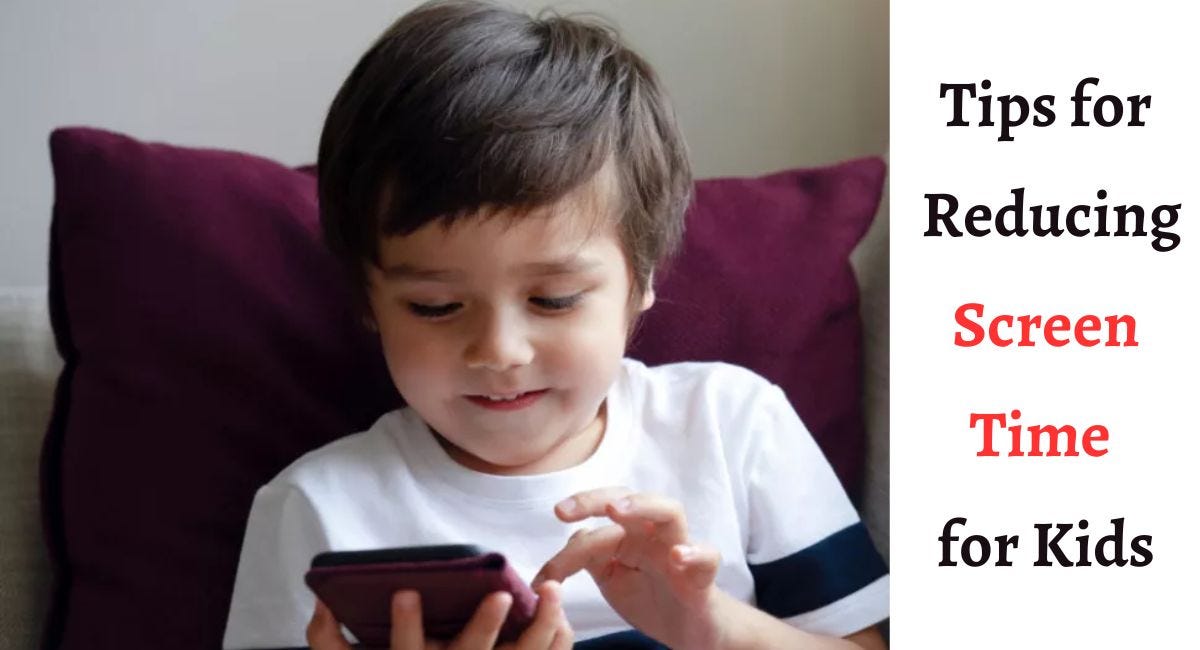
Effective Tips for Limiting Tech Use
In today’s digital age, screen time has become an integral part of our daily lives. However, excessive screen exposure can have adverse effects on our health and well-being. Implementing strategies to reduce screen time can significantly benefit our mental and physical health.
Understanding the Impact
Extended screen time can lead to various health issues, including eye strain, disrupted sleep patterns, increased sedentary behavior, and potential effects on mental health, especially in children and adolescents. Acknowledging these impacts is the first step towards adopting healthier screen habits.
Set Clear Boundaries
Establishing clear boundaries is essential to reduce screen time. Set specific time limits for different devices and activities. Create tech-free zones in certain areas of your home, such as the dining area or bedroom, to promote better family interactions and quality sleep.
Prioritize Offline Activities
Encourage engaging in offline activities that don’t involve screens. Rediscover hobbies, spend time outdoors, exercise, read books, or engage in creative pursuits. Finding enjoyable alternatives to screen-related activities can help decrease reliance on devices.
Mindful Technology Use
Practice mindful and purposeful use of technology. Be intentional about the time spent on screens by setting goals for each session. Prioritize tasks, limit aimless scrolling, and consider using apps that track screen time to raise awareness and encourage moderation.
Create a Schedule
Develop a structured daily routine that includes designated periods for screen use. Allocate specific times for work, leisure, and relaxation. Having a schedule not only regulates screen time but also helps in maintaining a healthy work-life-tech balance.
Promote Family Discussions
Initiate conversations with family members about the importance of reducing screen time. Encourage open discussions, set shared goals, and involve everyone in finding alternative activities. Implementing these changes collectively can foster a healthier screen culture at home.
Utilize Parental Controls
For families with children, utilize parental control features available on devices and apps. These tools help in managing and restricting screen time, ensuring age-appropriate content, and promoting healthier online habits for kids.
To explore more insightful strategies and expert advice on reducing screen time, visit Women’s Health and Style. Discover a wealth of tips and resources to effectively manage screen use and promote a balanced lifestyle.
Seek Support
Seek support from friends, family, or support groups when trying to reduce screen time. Share experiences, challenges, and successes. Having a support network can provide motivation and accountability in maintaining healthy screen habits.
Monitor Progress and Adjust
Regularly assess your progress in reducing screen time and be willing to make adjustments as needed. Celebrate milestones achieved and adapt strategies based on what works best for you and your family to maintain a healthy tech-life balance.
By incorporating these tips and making conscious efforts to reduce screen time, individuals and families can create a healthier relationship with technology, leading to improved overall well-being and a more balanced lifestyle.


